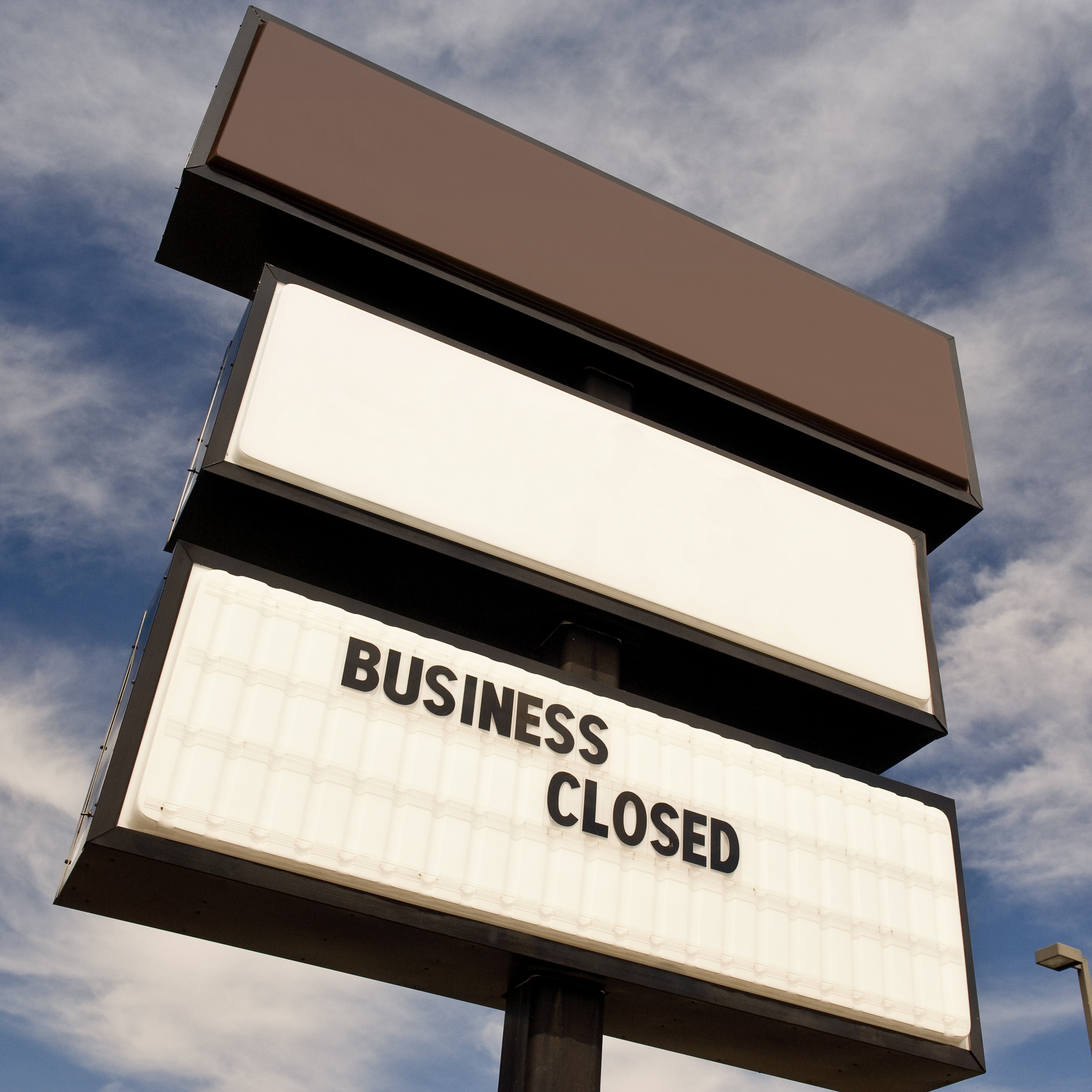Services
Video Rental Is America's Most Quickly Dying Industry

Published:
Last Updated:

The U.S. economy is the largest in the world, but maintaining a competitive edge necessitates remaining diversified and dynamic. This means that some U.S. industries will thrive while others inevitably decline or are rendered obsolete. As certain industries fade, so do hundreds of thousands of American jobs.
24/7 Wall St. analyzed employment figures from 2006 to 2015 from the Bureau of Labor Statistics to determine the 25 fastest dying industries in the country.
Cheaper labor abroad has caused many American companies to outsource manufacturing operations, but it was the wide adoption and exponential growth of new technologies that did in the video rental industry, the fastest dying industry in the United States. Online streaming services from the likes of Netflix Inc. (NASDAQ: NFLX) and Amazon.com Inc. (NASDAQ: AMZN) and on-demand programming are largely responsible for the 61% employment decline in DVD and video tape manufacturing and the 89% decline in video rental businesses.
Our analysis of the industry:
1. Video tape and disc rental
> Employment change from 2006-2015: −89.0%
> Employment total: 14,042
> Wage growth from 2006-2015: 52.8%
> Avg. annual wage: $22,191Once an essential component of nearly every American town, video rental stores are now in short supply. Due to shifts in the way people consume media, namely the growing popularity of streaming and on-demand video services like Netflix and Hulu, demand for movie rental establishments has dropped precipitously. In the last 10 years, industry employment has dwindled from nearly 128,000 to less than 15,000. At its peak in 2004, there were more than 9,000 locations of the Blockbuster video rental chain. It closed its remaining 300 stores in 2013 after declaring bankruptcy in 2010.
To identify America’s 25 dying industries, 24/7 Wall St. reviewed employment growth from 2006 through last year for 704 U.S. industries in the fourth level of detail in the North American Industry Classification System by the U.S. Census Bureau. All data, including the number of establishments within each industry, average weekly and annual wages, as well as breakouts of these data over government, private and local levels were retrieved from the U.S. Bureau of Labor Statistics Quarterly Census of Employment and Wages.
Retirement can be daunting, but it doesn’t need to be.
Imagine having an expert in your corner to help you with your financial goals. Someone to help you determine if you’re ahead, behind, or right on track. With SmartAsset, that’s not just a dream—it’s reality. This free tool connects you with pre-screened financial advisors who work in your best interests. It’s quick, it’s easy, so take the leap today and start planning smarter!
Don’t waste another minute; get started right here and help your retirement dreams become a retirement reality.
Thank you for reading! Have some feedback for us?
Contact the 24/7 Wall St. editorial team.